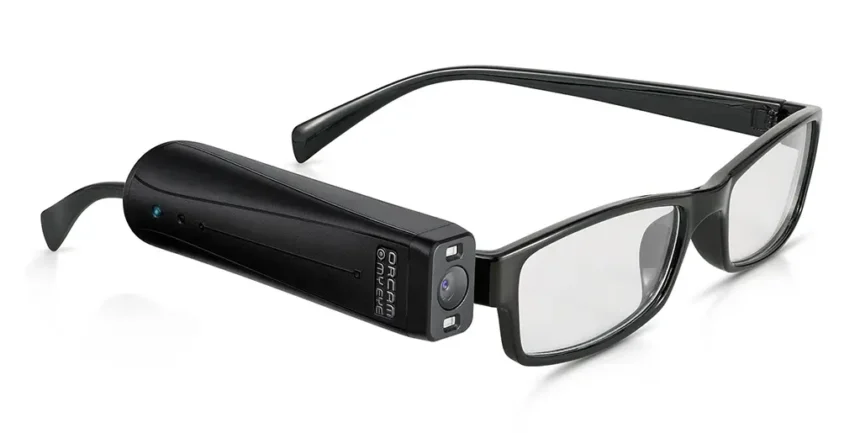Promising research and development led a Chinese team of researchers to create AI-powered glasses designed to assist people who are blind in navigating their environment. The glasses provide real-time environmental feedback, enabling the visually impaired to move around safely and independently without the need for traditional tools like canes or guide dogs.
What’s Happening & Why This Matters
The AI-powered glasses, developed by scientists at Shanghai Jiao Tong University, are set to redefine mobility and independence for those living with visual impairments. The glasses work by attaching a credit card-sized computer to the frame. This computer processes data from a camera mounted on the glasses that captures images of the surroundings. The artificial intelligence behind the system analyzes these images in real-time and provides detailed feedback about the environment.
For example, when a person approaches a chair, the system informs them of the chair’s position and distance, allowing them to avoid it easily. The AI system is dynamic, constantly updating in real-time to offer information on environmental changes. This breakthrough could drastically improve mobility for the visually impaired, offering them a new sense of independence that wasn’t previously possible with traditional methods like canes.

A key feature of the AI glasses is synthetic skin sensors, which help transmit environmental information through bone conduction technology. Unlike regular sound transmission through the ear, bone conduction sends vibrations through the skull directly to the inner ear, allowing users to hear without blocking their ears. This makes the device more comfortable and accessible for those with hearing impairments as well.
The glasses are lightweight and nonintrusive, designed to be worn comfortably throughout the day. Though still in development, this technology could profoundly impact how people with visual impairments interact with the world around them.
The Importance of This Development

With an estimated 30 million people in Europe living with some form of visual impairment, as reported by the European Blind Union, current assistive devices like canes and guide dogs are costly and come with limitations. Guide dog training, for example, can cost up to €60,000, making it out of reach for many people. The AI-powered glasses offer a more affordable alternative that can be used at any time without the need for special training or maintenance.
Additionally, the global market for assistive technologies is projected to grow significantly. As AI technologies become more advanced and affordable, the potential for applications of this system is immense. The cost of AI-based devices is decreasing, and researchers are already working on shrinking the size of the components, with the possibility of embedding the technology into contact lenses in the future.
According to Chris Lewis, an expert in telecom and accessibility, introducing such technologies is a concerted step towards providing people with disabilities the tools they need to lead independent lives. He emphasizes that this innovation could play a crucial role in helping people who are visually impaired feel more integrated into society, reducing their reliance on external support.
TF Summary: What’s Next
The success of these AI-powered glasses could mark the beginning of a broader revolution in how people with disabilities interact with the world. As technology advances, future innovations may include even more compact and efficient solutions, such as smart contact lenses or other wearable devices, which could offer more freedom and independence to visually impaired individuals.
As the cost of these devices continues to drop, they will become accessible to more people, transforming lives and helping the visually impaired lead more autonomous lives. In the near future, these glasses could become a standard tool for people with visual impairments worldwide.
— Text-to-Speech (TTS) provided by gspeech.


